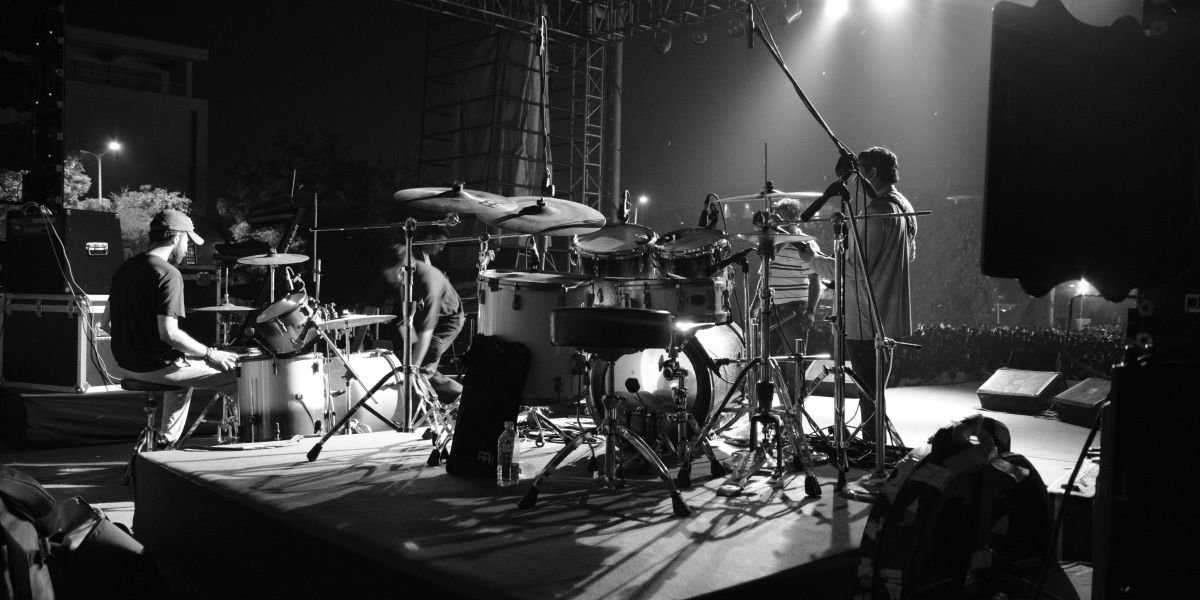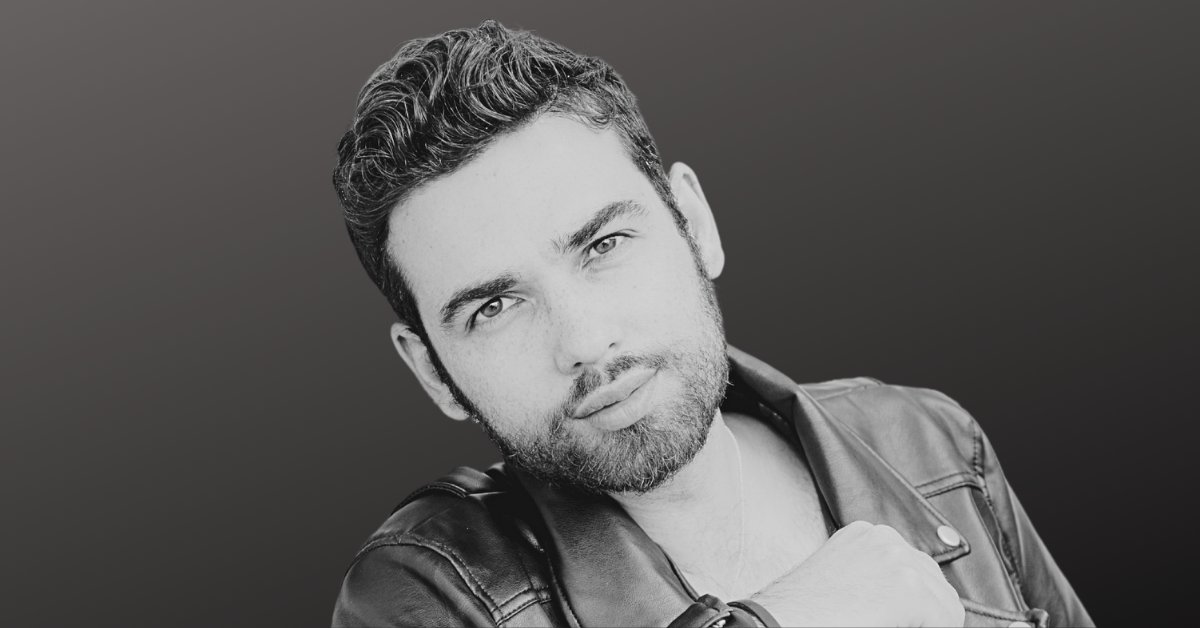Dubai, the epitome of luxury real estate, is making waves as a global leader in residential property investments. In 2023, property prices have skyrocketed by a staggering 20% annually, outpacing last year’s growth rate and securing Dubai’s spot as the world’s second-fastest growing real estate market, just behind Turkey. Meanwhile, the global average for property price growth is stuck at a near-decade low of 3-4%.
Despite the surge in house prices, Dubai’s residential property market isn’t overheating, according to many experts.
UBS’s Global Real Estate Bubble Index, released in September, deems Dubai one of the world’s safest markets, suggesting a reasonably priced market with house prices still 25% below their 2014 peak. With substantial growth in real incomes and an influx of affluent migrants, Dubai’s residential property value is expected to sustain double-digit growth for years. Henley & Partners predicts that 4,500 millionaires will relocate to Dubai this year, and over the last 12 months, the UAE has issued a whopping 3.4 million new residence permits—equivalent to over a third of its current population.
According to Housearch.com, an online property search platform, in June 2023, Dubai witnessed AED4.76 billion ($1.3 billion) of real estate transactions in just one day, underlining the robust demand and investment activity.
But the investment allure in Dubai extends beyond the glitz of city center penthouses and Jumeirah villas. Housearch.com points out a “notable shift in housing preferences,” with people opting for smaller, more affordable homes in less expensive neighborhoods to the South and South-East of the city center. These areas, now rebounding in property values, stand at about half of their 2014 levels.
This shift is supported by data from CBRE Group, a major real estate investment firm. Neighbourhoods like Remraam, Liwan, Discovery Gardens, Motor City, and Dubai Investment Park are stealing the spotlight, offering landlords impressive gross rental yields of 9-10%. Coupled with anticipated property value appreciation, an investment in buy-to-rent residential property in these neighborhoods could potentially yield an annualized return on capital of around 20%. In contrast, prime locations like Palm Jumeirah offer a mere 5-6% gross rental yield and are considered more vulnerable to market cycles.
While luxury properties in iconic locations maintain their allure, from a buy-to-rent investor perspective, the less glamorous areas of Dubai seem to be the real winners. With robust rental yields and expected property value appreciation, these areas are quickly becoming the new frontiers in Dubai’s real estate market.









